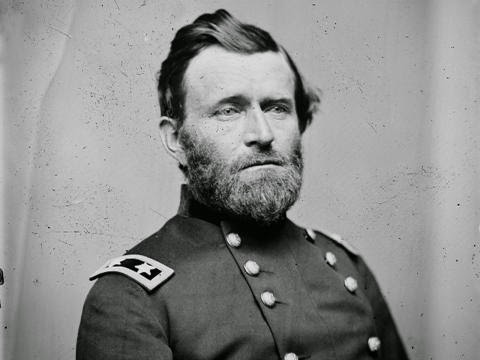The Battle of Shiloh was fought on April 6, 1862. Fighting ended on April 7th. The battle is also known as the Battle of Pittsburg Landing. The Battle of Shiloh was a decisive battle in the Civil War. The goal was to be able to control the Tennessee and Mississippi Rivers. The Union Army led by Ulysses S. Grant had defeated the Confederate forces at Forts Henry and Donelson. They had also been able to seize Nashville. Their goal was to move into the heart of the Confederacy. They eventually reached Shiloh Church in Hardin County. The Confederate army, led by P.G.T Beauregard were already there. The Union army was unaware of this. They set up camp at Shiloh Church. On April 6th the Confederate forces were ready to fight and fought beautifully. They were able to completely surprise the Union army. They launched an all out assault on Grant's forces from Purdy, Tennessee. One thing that hurt the Confederate army was the strategy they used. Many historians believed that their strategy was confusing to many of the soldiers. The all out assault worked however as many of Grant's men retreated to the Tennessee River. The Confederate army suffered a blow however as Lew Wallace managed to lose his entire army at Crump's Landing. As night fell on the first day of the battle the Confederates thought that they had won. They sent a telegram to President Jefferson Davis telling him of their victory. The next day was a different story for both sides. The Union army combined their forces, and they were now had around 45,000 men and they outnumbered the Confederates. Beauregard was unaware of this, and thought he could continue his attack and force Grant to retreat to the river. The fighting became very intense, and Beauregard was forced to retreat back to Shiloh Church. He had lost around 10,000 men during the fighting. He was forced to surrender to Grant. The Union had won the first major battle in Confederate territory. Many historians believe that if Beauregard had been able to recoup his losses from the first day of the battle, then he would have won. Not all of Beauregard's losses were due to death, he also suffered from desertions. Many of these deserters went and joined small guerrilla bands, like Champ Ferguson's. The state of Tennessee was now under complete Union control. The Union army now had a clear path to the heart of the Confederacy. The Battle of Shiloh will be forever known as "Bloody Shiloh," due to the number of casualties suffered by both sides.
Above is a picture of Gen. Ulysses S. Grant
Above is a picture of Gen. P.G.T. Beauregard
Above is a picture of the Shiloh Church as it appears today.
Here is the link to the Battle of Shiloh on the Civil War Trust website: http://www.civilwar.org/battlefields/shiloh.html
Stay tuned for more blog posts about tales from Tennessee and beyond.




No comments:
Post a Comment